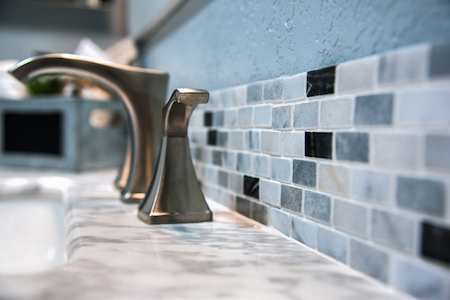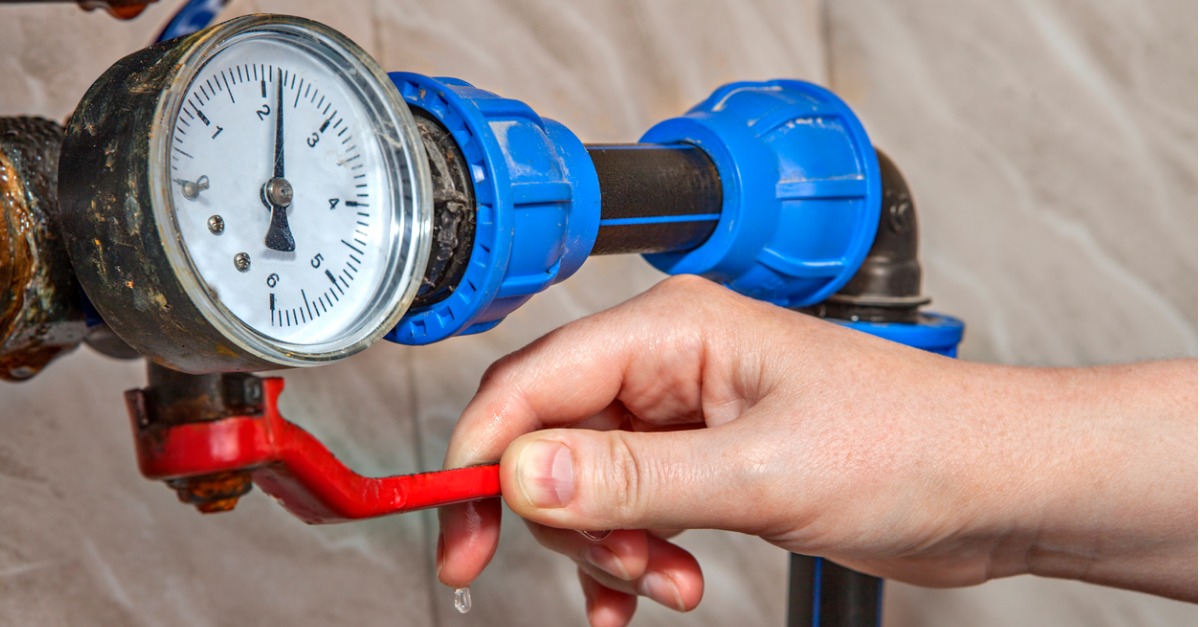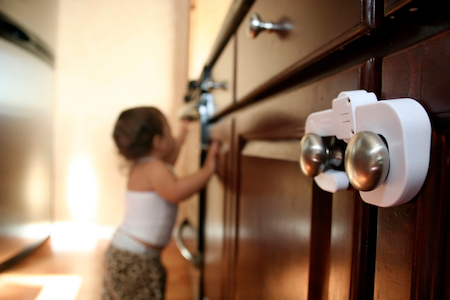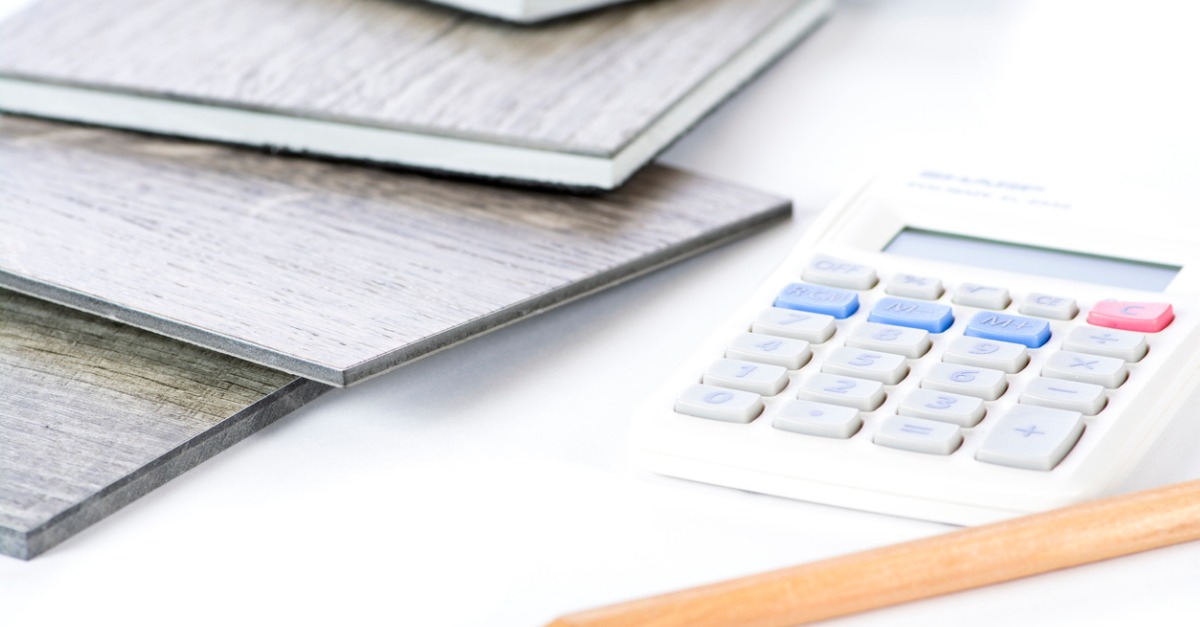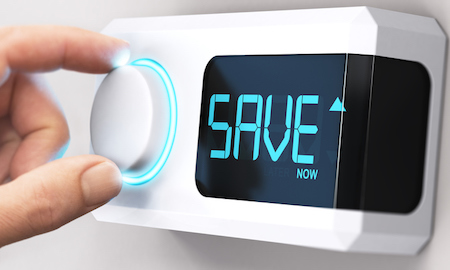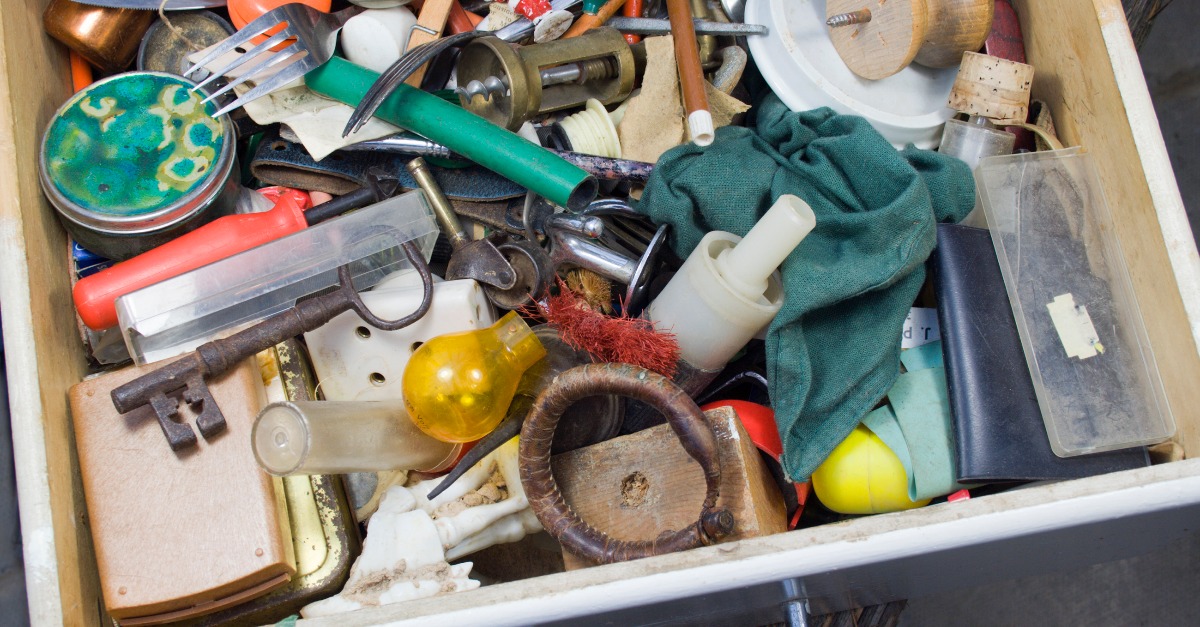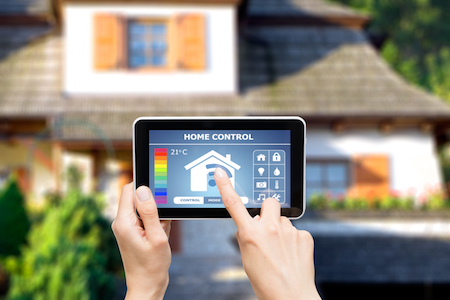
Having a child can require many adjustments. Losing sleep and changing dirty diapers are just some of the things parents have to deal with. And even though you’re probably a little sleep deprived right now, there are some financials you’ll have to think about, as well.
Here are five financial moves parents should put at the top of their to-do list after coming home with a new baby:
Revise Your Budget
Children can be expensive, especially in the first year when new costs you’ve never experienced crop up. Diapers, formula, a crib, a changing station, car seats, toys and clothes are just some of the items you’ll have to purchase. Day care may also be needed if both parents are working full time. Some families may need a bigger car or house, and that require more long-term financial planning.
Revise your family budget and find ways to cut costs, if necessary. Since medical bills will likely go up, check with your employer about starting a health savings account so you can use pre-tax money to contribute to an account for your family’s medical costs.
Save for College
A 529 college savings plan can help you save for college costs. Contributions grow tax-free and aren’t taxed when withdrawn to pay for qualified educational expenses, such as tuition. More than 30 states offer a full or partial tax deduction or credit for 529 plan contributions.
As of 2018, each parent and grandparent can contribute up to $15,000 per child and exclude the money from gift or estate taxes. If four grandparents contribute, that could mean $60,000 per year in a 529 plan.
Update Your Life Insurance
Any major life change should lead to a discussion with your life insurance agent. In the case of a parent death, you could be left to pay and take care of your child by yourself. Insurance can, however, provide money to pay for childcare or a lost income. You’ll also want to update your beneficiaries in case something happens to you.
Update Your Estate Plan
As with life insurance, you’ll have to update your estate plan documents when you have a new baby. Wills and trusts should be updated to include a guardian for minor children and to determine who has control over your assets. Without an update, a court could appoint a guardian for you.
Also update your beneficiary designation forms for your 401(k) and other retirement plans, along with any other bank accounts that aren’t designated in a will.
Organize Your Records
Make paper copies of key records such as the birth certificate, Social Security card and immunization record. Order three copies of your child’s birth certificate so you have one and your child has one later in life.
Keep a record of immunizations, which will be needed if your child goes to day care. Put everything in a fire-proof safe.
